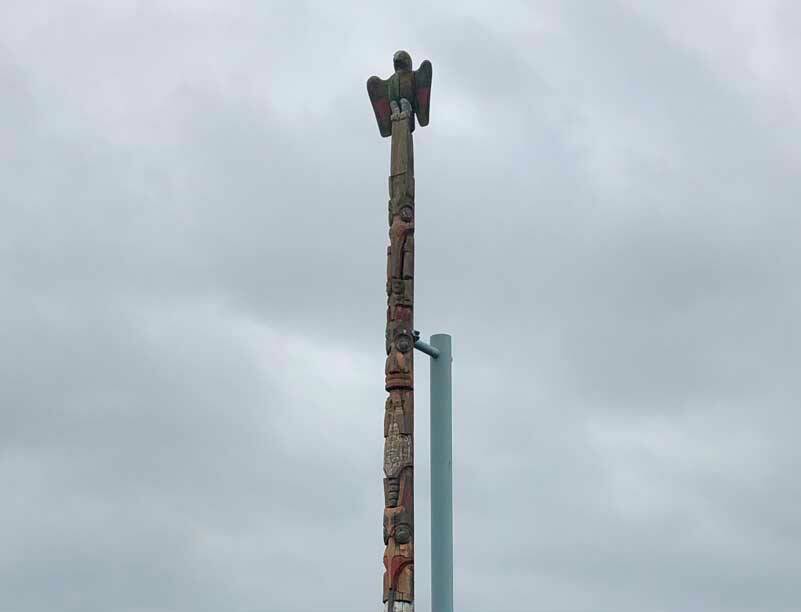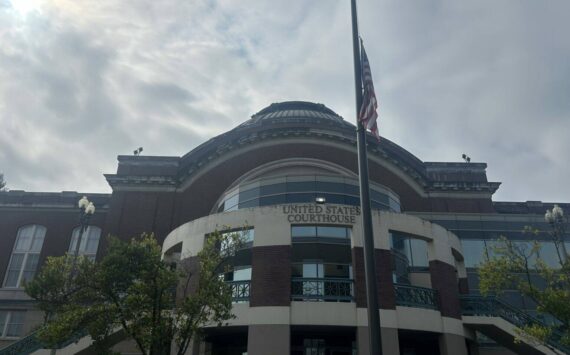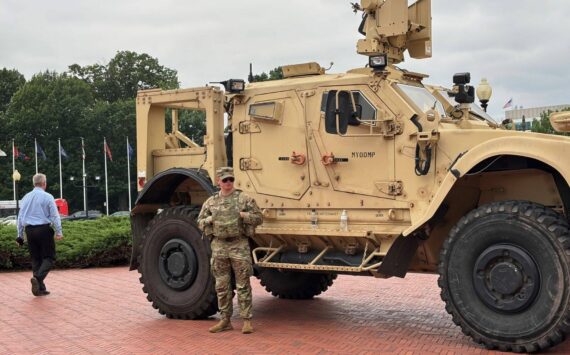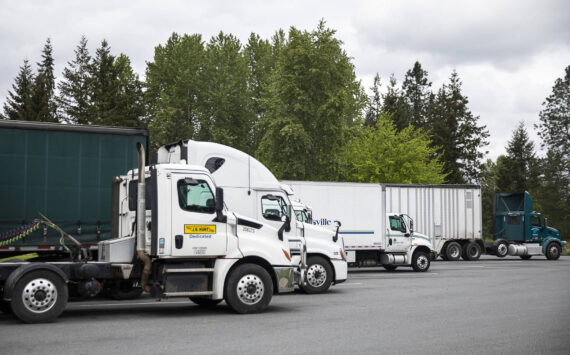By Morf Morford, Tacoma Daily Index
Tacoma is known for its skies. Montana might be known as “Big sky” country, but Tacoma, and the Northwest in general, is widely known for its sky coverage – usually a near constant, semi-permanent, seemingly impermeable, gloomy, grey. But lately I’ve noticed something different – the skies over much of the Northwest have taken on a slightly different hue – instead of grey, they are mostly white, or at least a paler, white-ish shade of grey.
In place of the deep, almost dark grey, the clouds overhead are an almost luminous white. And much of the time it’s not individual, sporadic clouds – it’s a horizon-to-horizon indistinguishable mass floating overhead. These pale skies don’t carry much moisture, but they also don’t let us see the sun. Or sky. Or stars.
On most days it’s a bland covering, somewhat like a massive quilted comforter overhead. These are the days without much direct light – or distinct shadows. And with equally bland weather.
These coverings, you might call them cloud blankets, don’t give us much sun or rain. When they do give us rain, it is the tiniest amount. The day I’m writing this, the forecast is for one-tenth of an inch of rain in 24 hours.
It’s not even a light rain – it’s a mist, sort of. It’s a murky attempt at indecisive weather.
And it’s not just the sky that has taken on an odd hue
After many years of vehicle colors primarily based on the most basic of color tones – black, white and silver mostly – you may have noticed new cars of a most peculiar color – a brownish, grey hue known affectionately as “mud-putty”. My wife calls this color “beige”. Maybe it’s just me, but who in their right mind wants to buy, and be seen in, a beige car?
Sports cars tend to be yellow or red. Even if they are not going fast at that moment, they look like they are. But beige? What does a beige car say about us? These cars are the opposite of flashy. Maybe that’s the idea.
They’ve been described by auto magazines as “earth tones”, and maybe they are. But they are no “earth” colors I ever see.
New colors must be hard to come up with, and cars, especially in America, are, as one auto designer put it, “worn” as much as driven. In other words, cars are intended to be seen at least as much as they are used.
Bland colors may not say much, but in a sense they capture the essence of our times.
Our cars “R” us
We, for better or worse, are known by our cars. They are a moving advertisement, even manifestation, of who we are. With bumper-stickers, dings, tinted windows or mud stains, our vehicles show the world who we are, what we care about, and sometimes, where we’ve been.
I’m not sure what to think about the prevalence, even trendiness, of cars the color of wallpaper-paste. I’ve noticed a few new cars in my neighborhood recently that are more of a brownish/orange tint that is even less appealing.
For the record, I drive a silver car. As does my wife. In most parking lots we have difficulty finding our cars because about 75% of cars (it seems) are the same shade of silver.
My car, my rules
Our vehicles, for better or worse, are often the limits of our domain – and where many of us spend much of our time. The average American spends 18 days driving per year, with an average of eight hours and 22 minutes each week. For whatever reason, drivers in the Western states spend the most average time driving (58.9 minutes per day), followed by drivers in the Northeast (51.1 minutes), South (49.9 minutes) and Midwest (44.5 minutes).
In America, we love our cars, until, at some point, we suddenly don’t.
I had a friend many years ago that bought a car that was the ugliest color he could find – it was a pale green, vomit-colored (that’s what he called it) station wagon. He wanted a car that would be easy to find in a vast parking lot and that no one would steal. It worked in those areas. But being seen in it was more than he could deal with for very long.
Like our sky colors, our current car colors are bland and indecisive. Maybe that’s what they need to be.





